In Episode 06 of the AI Business Catalyst Program, hosts Omar Gawad, Alain Picard, and I engaged in a dynamic discussion with Marco Tabor, an AI engineer with a background in mechatronics, robotics, and data analytics. This session provided an energizing glimpse into the practical challenges, opportunities, and misconceptions surrounding the incorporation of artificial intelligence into everyday business operations.
Are We Asking the Right Questions When Starting with AI?
Marco’s approach to AI begins with what he calls “asking the stupid questions.” Instead of immediately diving into advanced models or flashy features, he emphasizes the importance of listening and asking basic questions about the processes, data sources, and pain points within an business.
For example, Marco shared a scenario involving an employee who was spending 20% of their work time wrestling with a massive, cumbersome Excel sheet. This wasn't just a minor inconvenience—it was a significant drain on productivity. By identifying this pain point, it became clear that something as simple as automation or a well-targeted AI solution could bring immediate relief and efficiency.
Key Takeaway:
Before implementing AI, companies should critically evaluate their needs by asking, "Do we really need AI to solve this problem?" It's crucial to align solutions with actual business challenges and understand what the data reveals about internal processes.
How Can Technology Be Tailored to Meet Specific Business Needs?
Choosing the right technological approach is a significant challenge. Marco explained the options between building a custom model, leveraging pre-trained models, or adopting a hybrid approach.
For tasks involving unstructured human language—such as text or voice data—the use of large language models (LLMs)can be effective. However, Marco warned against the misconception of one-size-fits-all AI solutions. AI is inherently statistical and probabilistic, so its success heavily depends on how well the tool is adapted to a company's unique needs.
Analogy:
Marco illustrated this point with a memorable analogy. In the era of industrial history, trains were designed around a central, massive steam engine, which imposed limits on layout and efficiency. The advent of electric motors allowed for decentralization, leading to more efficient and flexible factory designs. Similarly, AI has the potential to decentralize and streamline complex processes, distributing capabilities to where they're needed most and fostering greater efficiency and resilience.
Why Are Business Teams the Unsung Heroes in AI Adoption?
A recurring theme was the necessity for business teams to be deeply involved in AI projects. Marco was clear—when technical teams design AI solutions in isolation, they risk developing systems that address theoretical issues rather than day-to-day pain points.
For instance, in the medical field, practitioners often face administrative burdens such as record-keeping on multiple platforms. Rather than introducing an all-encompassing "black box" AI, Marco advocates for modular systems where human experts can oversee and fine-tune each interaction. This approach fosters trust, encourages adoption, and ensures the AI solution genuinely addresses user needs.
Example:
Marco compared this scenario to a restaurant setting. Imagine a poorly designed refrigerator that hinders the workflow for kitchen staff—such equipment would quickly be rejected because it doesn't meet the practical needs of its users. Similarly, AI solutions that aren't centered around user needs can waste resources and lower morale. For any AI initiative to succeed, it's essential to establish clear success criteria—from time savings to improved data accuracy—right from the start.
How Can We Overcome Misconceptions and Embrace Change in AI?
Marco dedicated a significant portion of the discussion to demystifying AI's reputed complexity. He emphasized that while AI tools such as generative AI platforms (e.g., ChatGPT, Claude, Grok) can rapidly transform processes, they are not magical solutions that "solve it all" without careful oversight.
He recommends using AI iteratively—starting with experiments to understand limitations, reprompting for clarity, and gradually building systems that layer specialized functions to handle tasks more robustly.
Important Note:
The issue of “vibe coding” emerged as a playful yet important reminder. Relying on AI to produce an end-to-end solution without human guidance can create gaps in understanding and, ultimately, system security. In a fast-moving field where new models emerge almost weekly, maintaining sound supplier relationships and trusted third-party certifications (like the emerging MCP protocol) is essential.
Business leaders should work collaboratively with technical experts to iron out these nuances and ensure that AI implementations are secure, transparent, and resilient to failures.
Why Is Data Quality and Context So Important in AI?
A vibrant discussion around data reminded everyone that while data is king, it's the quality and context of that data which unlock true value. Marco pointed out that pre-trained generative models benefit from having already ingested vast and vetted datasets, but many AI applications still require companies to manage sensitive information carefully.
In sectors such as finance or healthcare, ensuring data sovereignty and compliance with privacy standards is paramount. Marco described the concept of employing "small language models" as frontline filters—systems that preprocess and anonymize information before passing it along to larger, more powerful models.
Benefits:
This layered approach not only minimizes the risk of exposing personal data but also optimizes token usage and reduces costs—an essential consideration for businesses scaling AI solutions across their operations.
How Should We Measure AI Success and What Does the Future Hold?
As the session drew to a close, we agreed that AI's impact should ultimately be measured by tangible business outcomes. Whether it's drastically reducing the time spent on mundane reporting tasks or empowering teams through improved data analysis, success must be defined with clear, measurable metrics.
Real-World Example:
Marco shared a memorable example of a client's reaction when an AI-powered tool transformed a labor-intensive process into one that could be completed in minutes. The employee, who previously spent significant time on this task, was visibly relieved and enthusiastic—a testament to the immediate value that well-implemented AI solutions can bring.
Looking Ahead:
Marco teased exciting upcoming projects in fields ranging from council regulation compliance to mental health applications. He even mentioned plans to host a webinar diving deeper into the technical fundamentals of AI using the Aidon.ai application—a signal that continuous learning and adaptability are at the heart of digital literacy.
What Are the Final Thoughts on Integrating AI in Business?
The discussion in Episode 06 was not just technical banter—it was a thoughtful exploration of how AI should be integrated as a business enabler rather than a mystifying black box. The key takeaways for business leaders are clear:
- Start with the basics: Understand your pain points and ask simple questions.
- Involve business teams from the get-go: Ensure solutions address actual needs.
- Use AI iteratively and modularly: Avoid seeking a one-size-fits-all solution.
- Establish clear success metrics: Measure impact effectively.
- Stay adaptable: Embrace continuous learning and trusted sources in a fast-evolving field.
In a landscape where AI evolves almost daily, the true value lies not only in technological breakthroughs but in aligning AI strategies closely with human expertise and business objectives. As Marco put it, "AI isn’t about models only—it’s about solving the right problem with the right mindset."
By focusing on continuous improvement and innovation in knowledge practices, and by engaging teams across the organization, businesses can harness the full potential of AI to drive efficiency, resilience, and growth.
Connecting With Us...
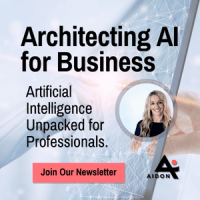
To get biweekly videos and interviews from leaders around the world, why don't you try connecting to our Architecting AI for Business Newsletter
Want to access more content, connecting with the Inner Circle is recommended
Just a reminder that Agora Insights and now Aidon.ai open up a world of learning and AI-Assisted Solutions for Business Architects, Analysts, Strategists, and Business Leaders. Contact us for a demo.
To watch more videos, visit YouTube.
Interested in business architecture and business analysis certification, corporate and AI training?
Go to our website www.agorainsights.com
Connect with Deirdre Caren on LinkedIn


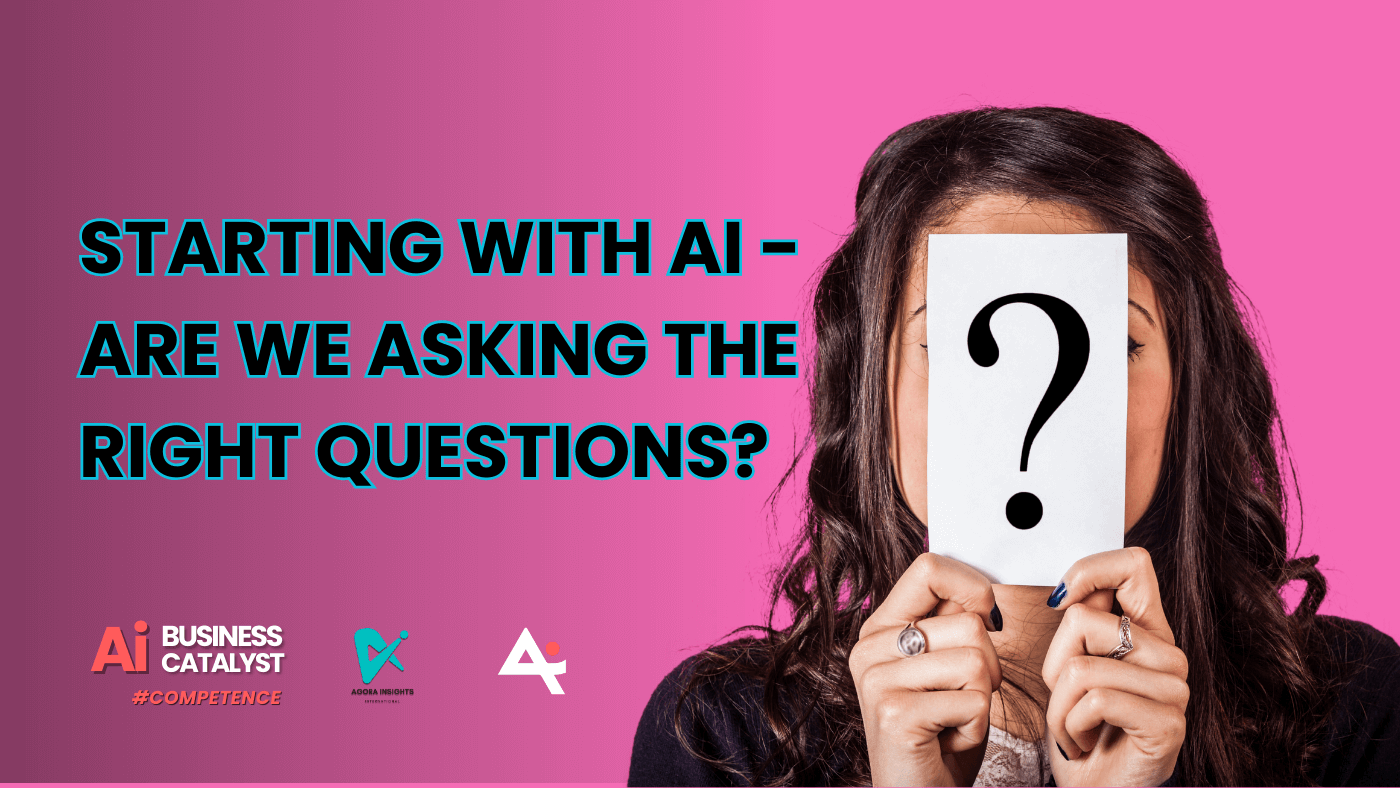
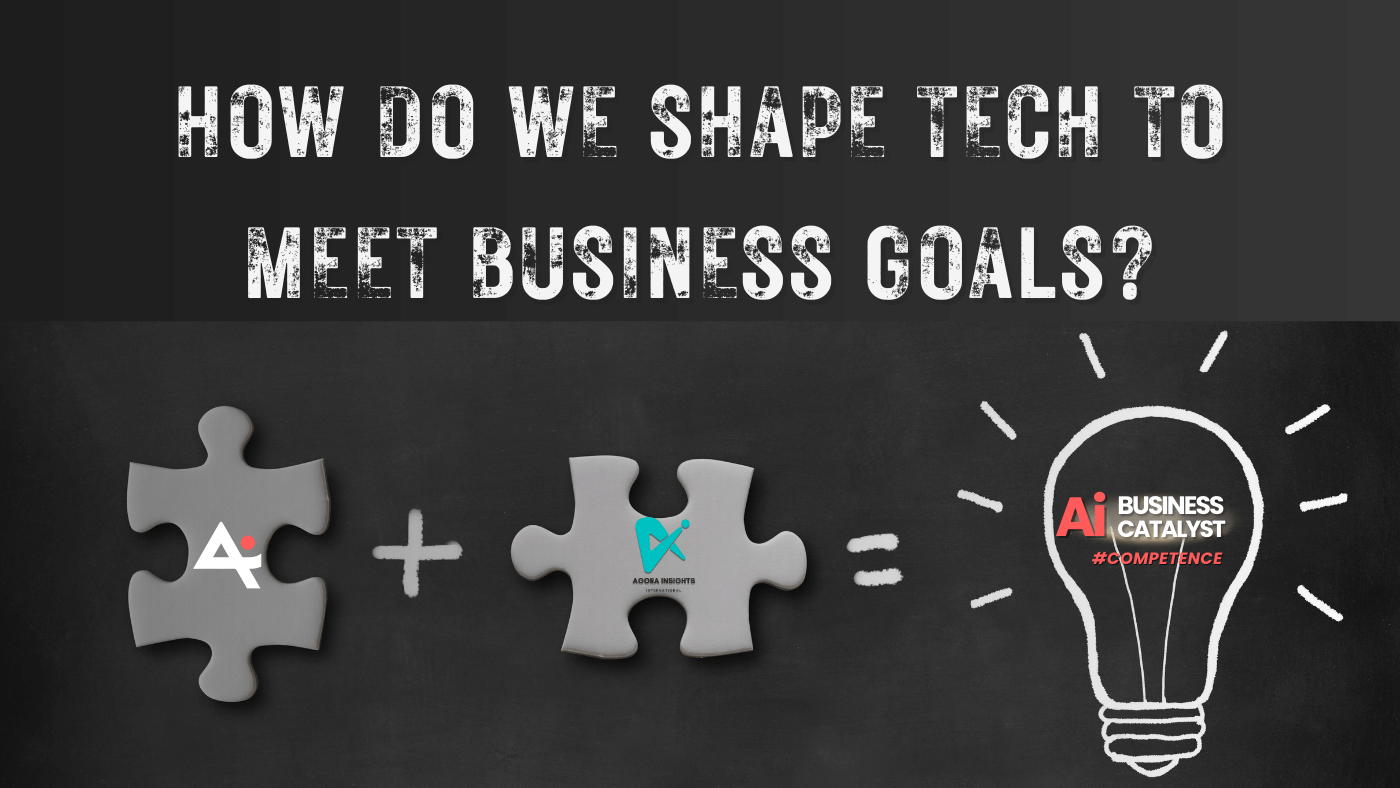
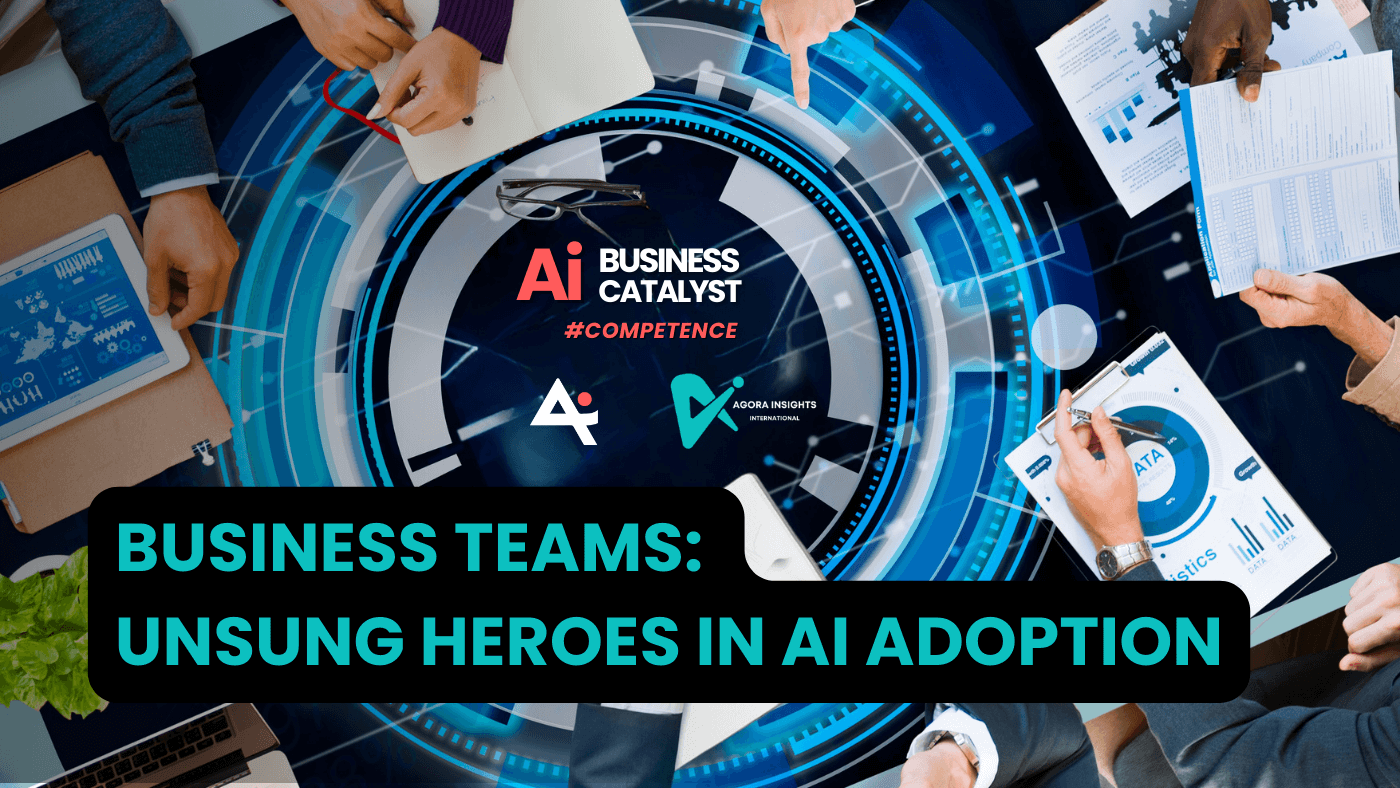

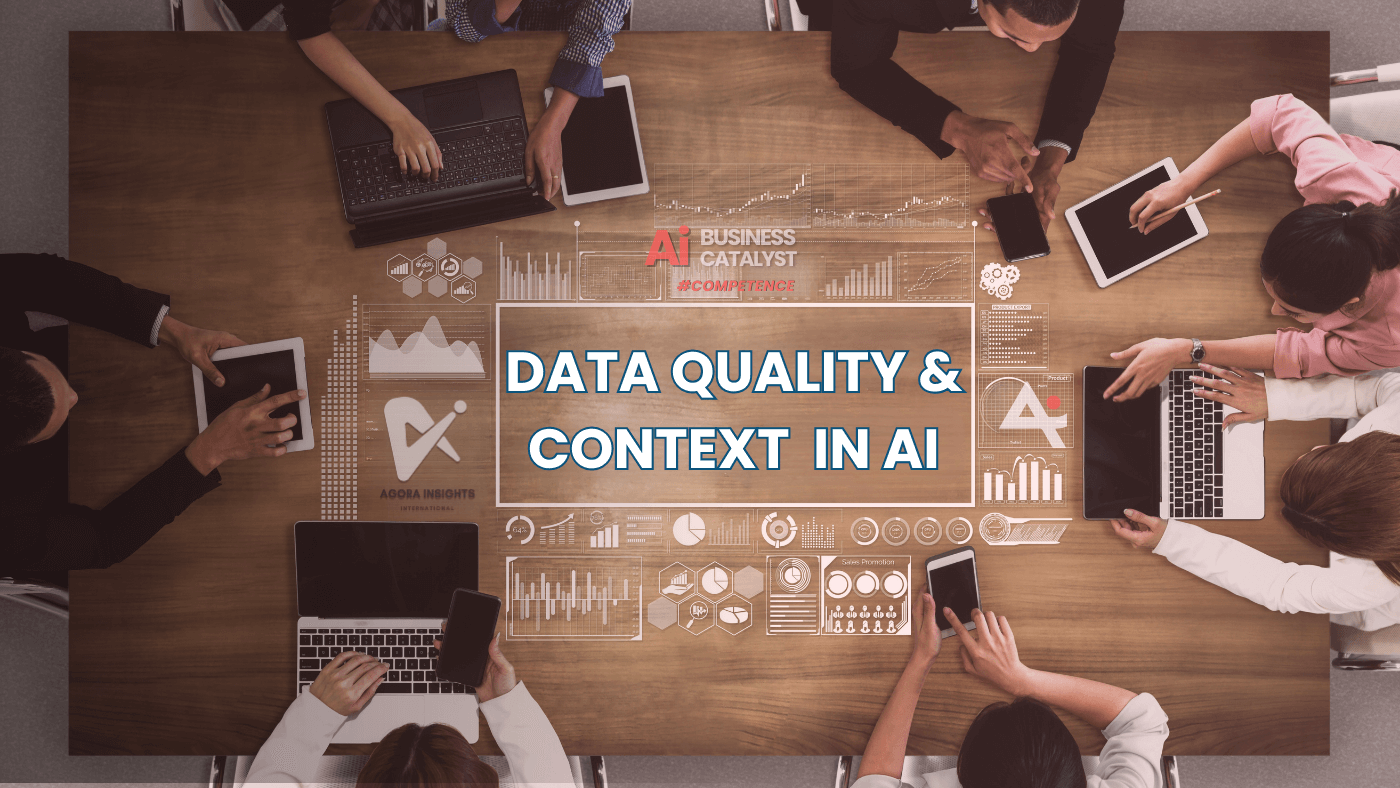
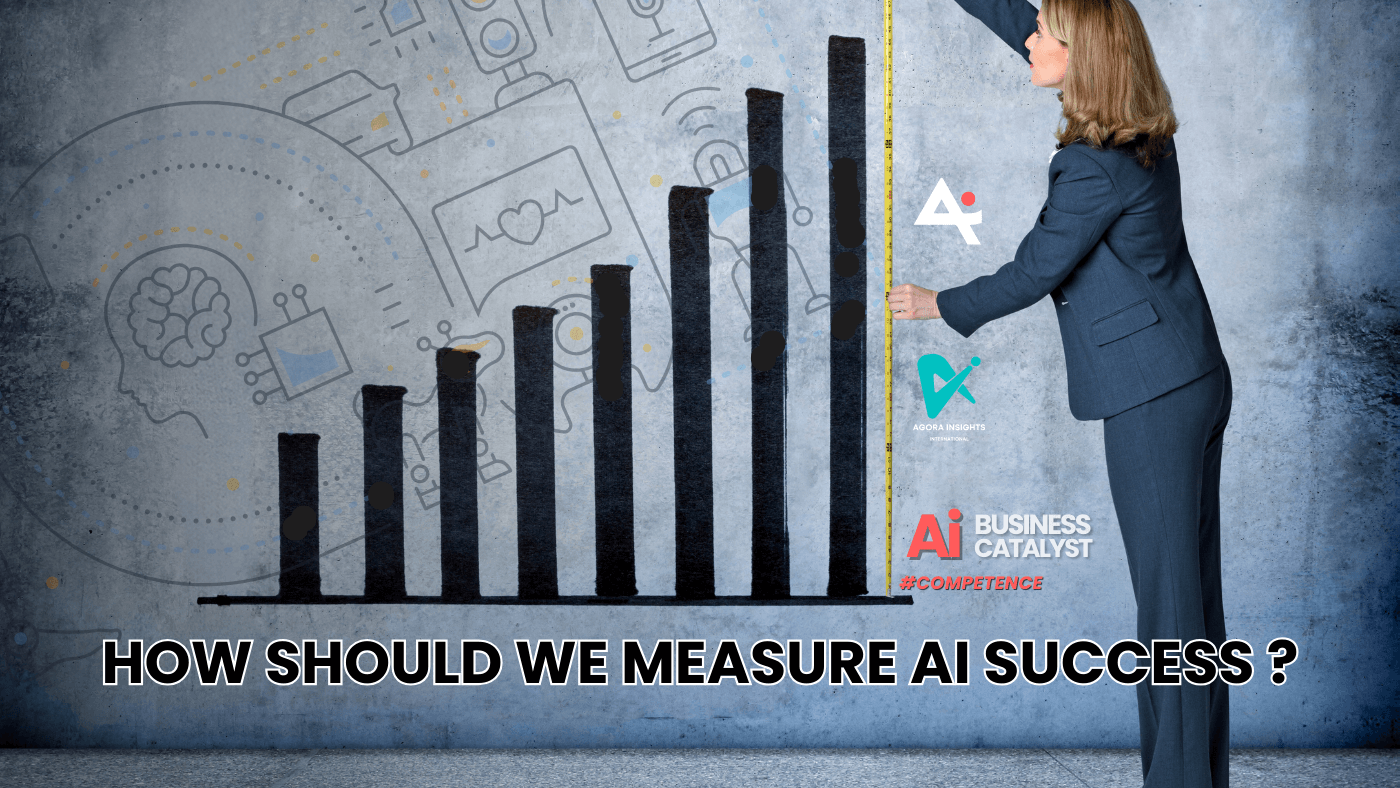
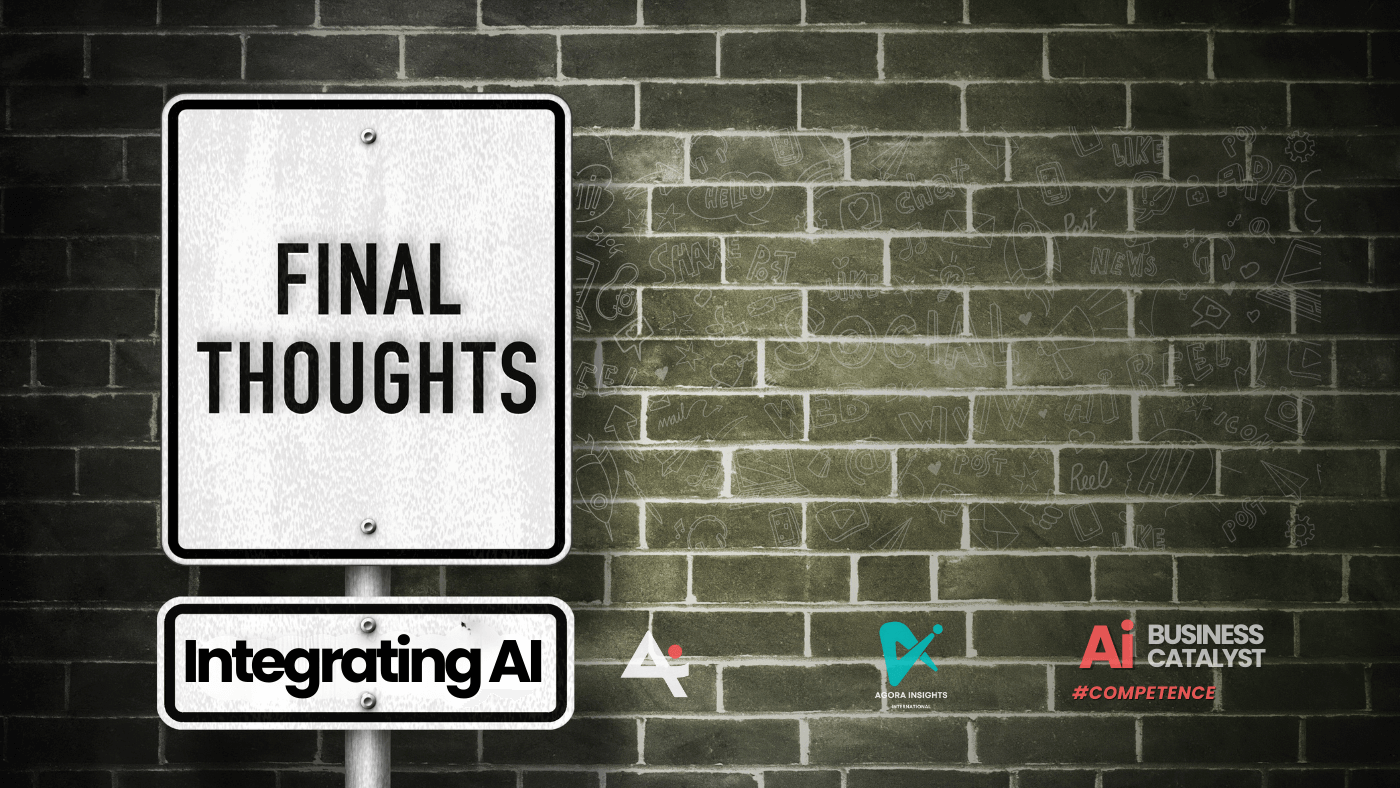
Post a Comment